- Home
- All Integrations
All Integrations

Tabidoo Watch a New Record Integration
$0.00
Tabidoo API: Watch a New Record Endpoint Explained Understanding the Tabidoo "Watch a New Record" API Endpoint The Tabidoo "Watch a New Record" API endpoint is a powerful tool designed to help developers and businesses integrate real-time, event-driven functionality into their applications or services. This endpoint is p...

Tabidoo Watch a Edit Record Integration
$0.00
Understanding the Tabidoo API Endpoint: Watch and Edit Record The Tabidoo application provides a robust API which enables users to interact with their data programmatically. A particularly useful endpoint within this API is the "Watch and Edit Record" function. This endpoint allows users to monitor changes to a specific record ...

Tabidoo Update a Record Integration
$0.00
Understanding the Tabidoo API: Update a Record Endpoint The Tabidoo Update a Record API endpoint is a potent feature of the Tabidoo service platform that enables users to modify an existing record within a database application. This functionality is crucial for maintaining up-to-date and accurate information through the dynamic nature of data m...

Tabidoo Search Records Integration
$0.00
Tabidoo is a platform that allows users to create custom databases without the need for programming skills, providing various API endpoints to manipulate and interact with the data within these databases. One of the key endpoints that Tabidoo offers is the "Search Records" endpoint, which enables users to query and retrieve records that match ce...

Tabidoo Make an API Call Integration
$0.00
Exploring the Tabidoo Make an API Call Endpoint Tabidoo is a versatile data management and application development platform that allows users to create custom databases and applications without extensive coding knowledge. One of the many capabilities offered by Tabidoo is its API (Application Programming Interface), which allows users ...

Tabidoo Create a Record Integration
$0.00
The Tabidoo API endpoint for creating a record is a powerful tool that allows developers and integrators to automate the insertion of new data into a Tabidoo database. By utilizing this API, various problems related to data entry, management, and integration across different systems can be addressed efficiently. Automation of Data Entry One of ...

Tabidoo Watch a Delete Record Integration
$0.00
Tabidoo is a cloud-based platform that offers solutions for creating and managing online databases and workflows without the need for complex programming skills. Among its features is an API (Application Programming Interface) that allows developers to interact with the data stored in their Tabidoo databases programmatically. The "Watch a Delet...
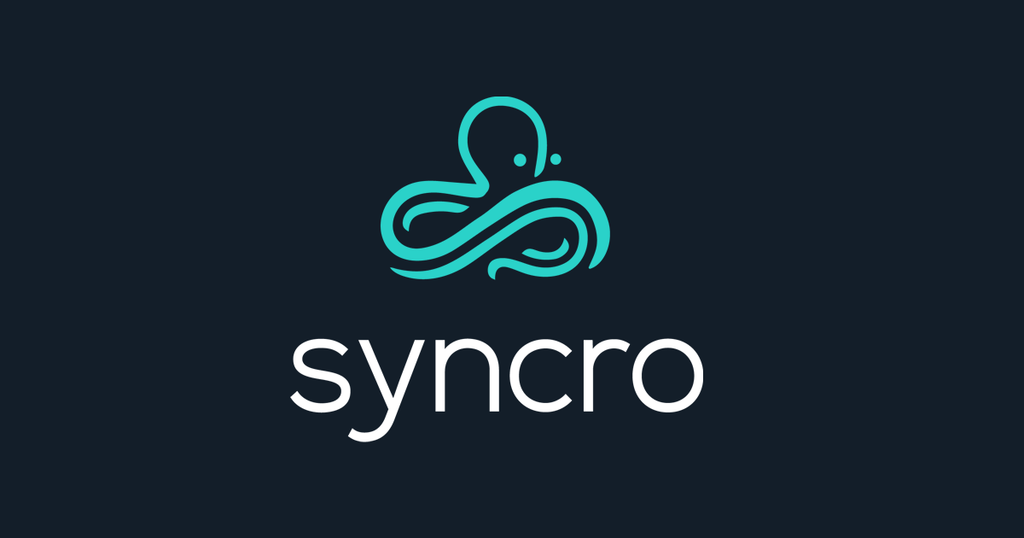
Syncro Make an API Call Integration
$0.00
The Syncro API endpoint "Make an API Call" is a versatile and powerful feature that allows developers to programmatically interact with the Syncro MSP (Managed Service Provider) platform. This platform is designed to help IT professionals and MSPs manage clients, devices, invoices, payments, and more. By using the "Make an API Call" endpoint, de...
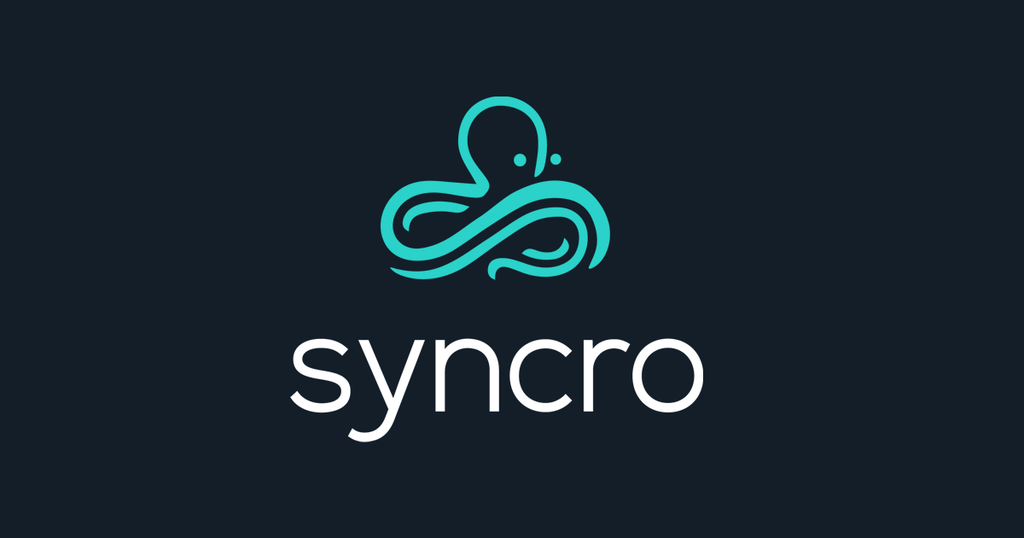
Syncro Watch New RMM Alerts Integration
$0.00
The Syncro API endpoint "Watch New RMM Alerts" is designed to monitor and notify when there are new alerts generated by the Remote Monitoring and Management (RMM) system within the Syncro platform. Syncro is an integrated platform that combines RMM functionalities with Professional Services Automation (PSA) capabilities, enabling IT service prov...
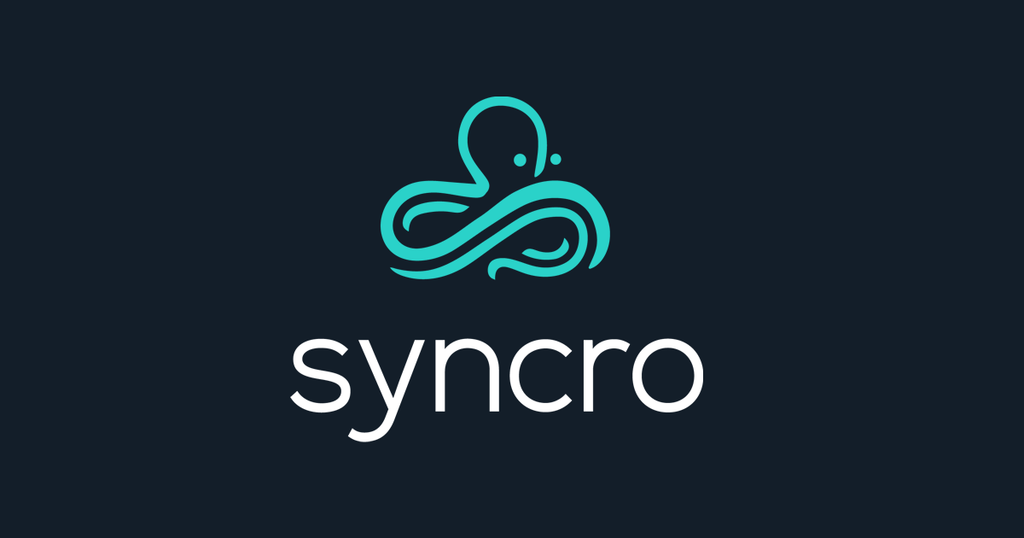
Syncro Watch New Payments Integration
$0.00
The Syncro API endpoint "Watch New Payments" is likely designed to listen for new payment events within the Syncro system. Syncro is a combined Remote Monitoring and Management (RMM) and Professional Services Automation (PSA) platform often used by Managed Service Providers (MSPs) and IT professionals to manage their clients' IT infrastructure a...
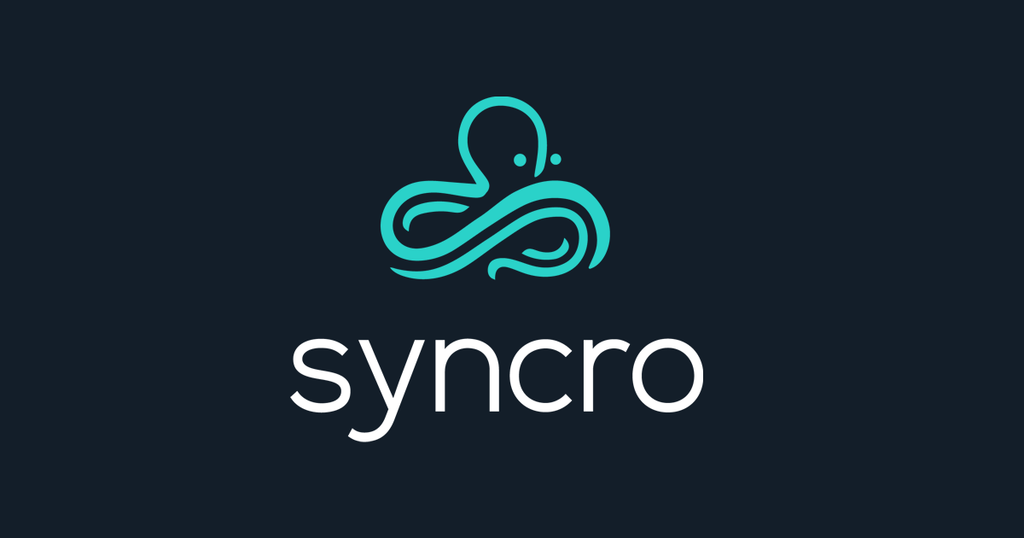
Syncro Watch New Invoices Integration
$0.00
The Syncro API end point “Watch New Invoices” is designed to empower users with the capability to monitor and obtain real-time updates when new invoices are created within the Syncro system. This API endpoint is particularly useful for businesses that utilize Syncro's platform to manage their IT services and operations, including invoicing and b...

Syncro Update a Lead Integration
$0.00
Syncro API: Update a Lead Endpoint Explanation Utilizing the Syncro Update a Lead API Endpoint The Syncro API's "Update a Lead" endpoint is a powerful feature designed for businesses using the Syncro platform for Customer Relationship Management (CRM) and Managed Service Provider (MSP) operations. This endpoint allow...

Syncro Create a Lead Integration
$0.00
Understanding the Syncro API: Create a Lead Endpoint Understanding the Syncro API: Create a Lead Endpoint The Create a Lead endpoint within the Syncro API offers a plethora of functionalities that cater to different organizational requirements when it comes to managing potential customer information. This endpoint is designed to stream...
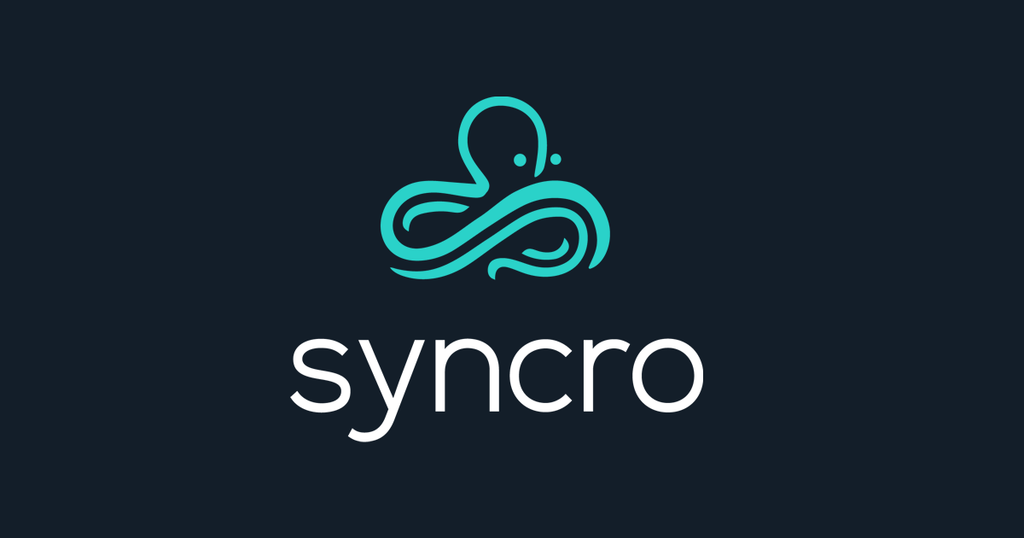
Syncro Get a Lead Integration
$0.00
The Syncro API provides a range of endpoints for different purposes, with the "Get a Lead" endpoint being just one of them. The purpose of this endpoint is to retrieve information about a specific lead from a company's database. In the context of Syncro, a lead usually refers to an individual or a business entity that could potentially become a ...
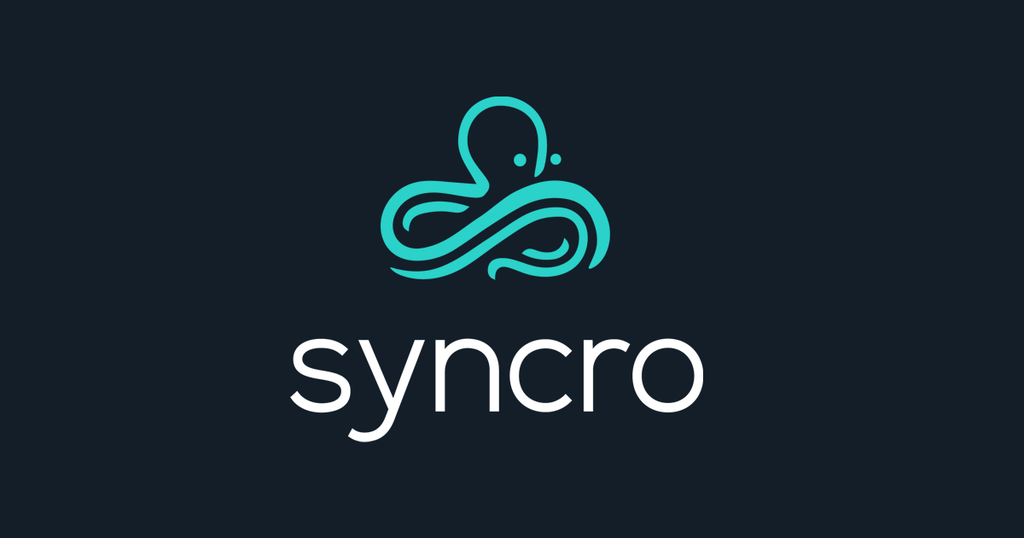
Syncro Search Leads Integration
$0.00
Understanding the Syncro API: Search Leads Endpoint Understanding the Syncro API: Search Leads Endpoint The Syncro API provides a way for developers and businesses to integrate their systems with the Syncro MSP platform, a comprehensive business management tool designed for IT service providers. Among the available A...
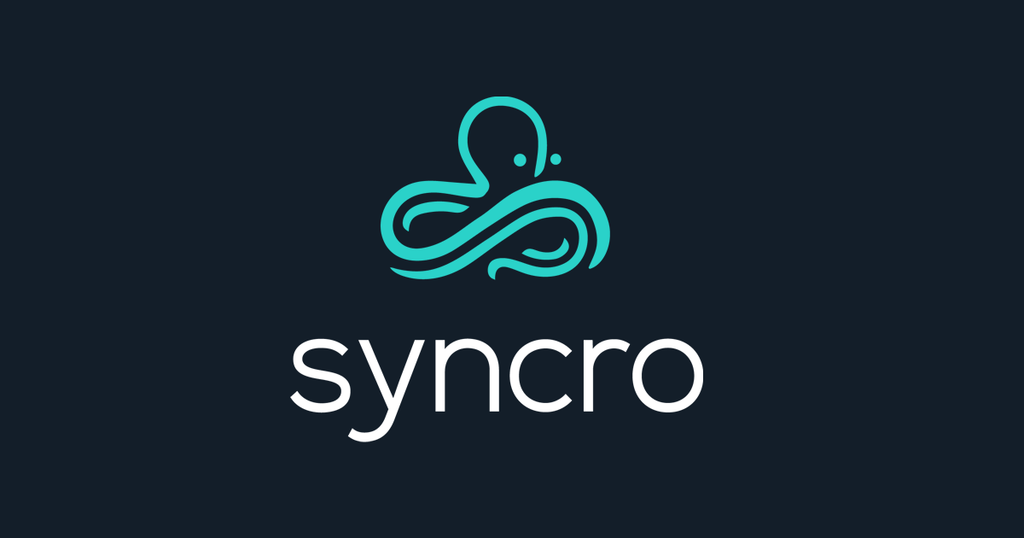
Syncro Delete a Ticket Integration
$0.00
```html Understanding the Syncro API: Delete a Ticket Endpoint Understanding the Syncro API: Delete a Ticket Endpoint The Syncro API provides various endpoints that allow for the integration and automation of tasks within the SyncroMSP platform, which is a combined Professional Service Automation (PSA) and Remote Monit...
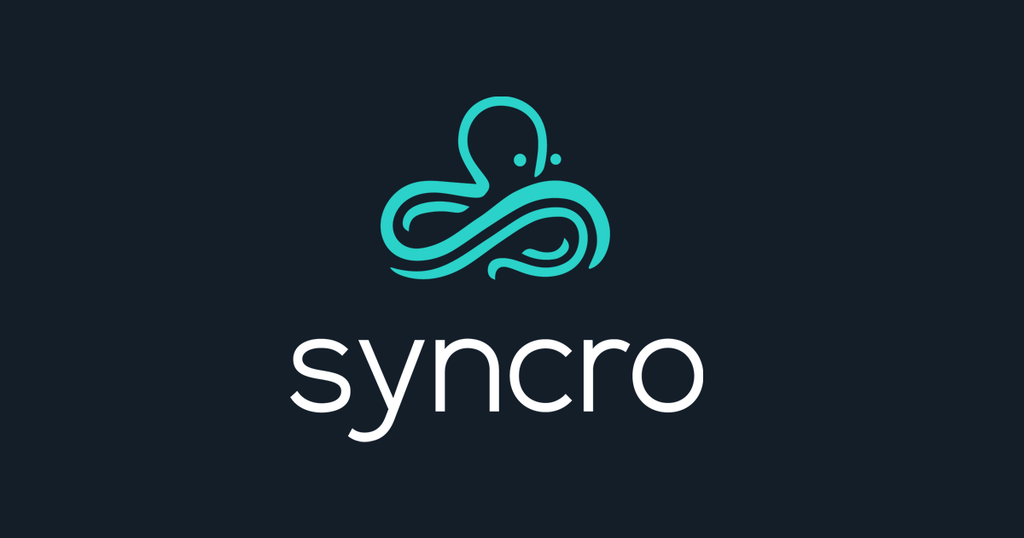
Syncro Update a Ticket Integration
$0.00
Understanding the Syncro API 'Update a Ticket' Endpoint Understanding the Syncro API 'Update a Ticket' Endpoint The Syncro API provides an array of endpoints to interact programmatically with the SyncroMSP platform, which offers a combined Remote Monitoring and Management (RMM) and Professional Services Auto...
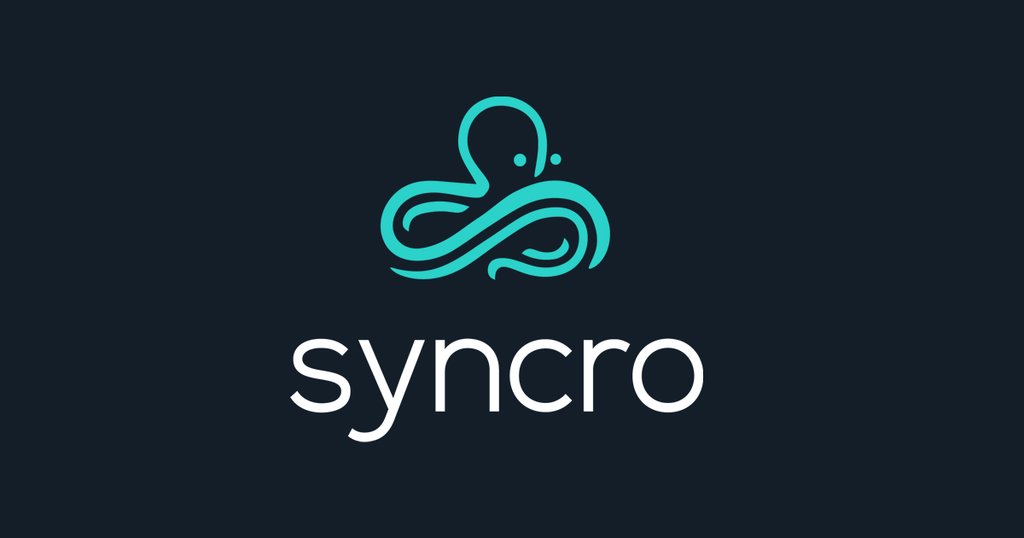
Syncro Create a Ticket Integration
$0.00
Applications and Problem Solving with Syncro API's Create a Ticket Endpoint The Syncro API provides a series of endpoints that allow users to interact with the Syncro platform programmatically. One of the key functionalities offered by the API is the "Create a Ticket" endpoint. This endpoint can be used to automate and streamline various aspect...
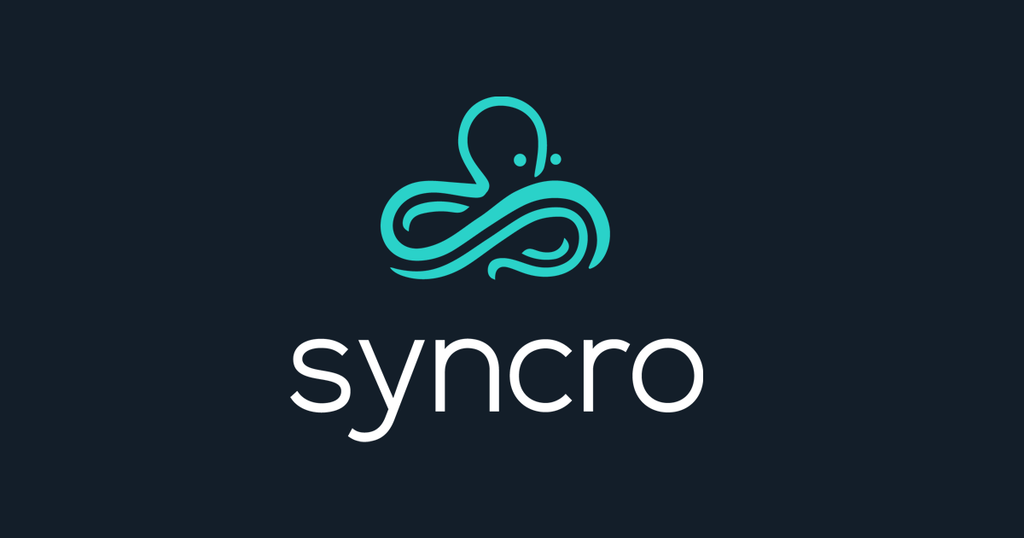
Syncro Get a Ticket Integration
$0.00
Syncro API - Get a Ticket Endpoint Explanation Understanding the Syncro API's "Get a Ticket" Endpoint In the world of managed service providers (MSPs), efficient and responsive helpdesk operations are crucial for maintaining customer satisfaction and loyalty. The Syncro API's "Get a Ticket" endpoint plays a vi...

Syncro Search Tickets Integration
$0.00
Using the Syncro API Endpoint: Search Tickets The Syncro API provides a powerful Search Tickets endpoint that allows for programmatically querying the ticketing system of the Syncro platform. This endpoint can be used to retrieve a list of tickets that match given search criteria, enabling the automation and enhancement of various helpdesk opera...
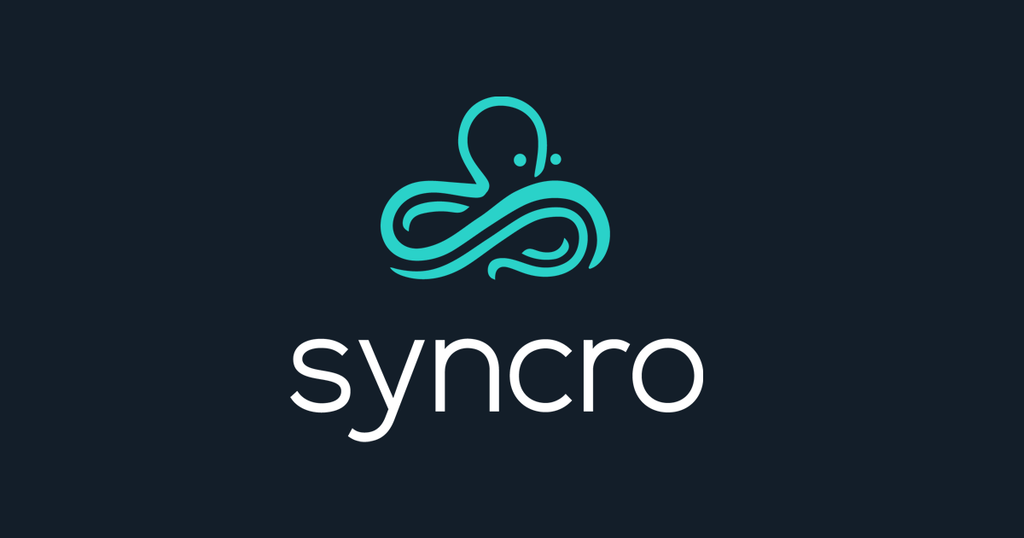
Syncro Watch Ticket Integration
$0.00
Understanding the Syncro API Watch Ticket Endpoint Understanding the Syncro API Watch Ticket Endpoint The Syncro API provides a variety of endpoints that allow for the integration and extension of the functionalities provided by the Syncro Managed Service Provider (MSP) platform. One such endpoint is known as the ...
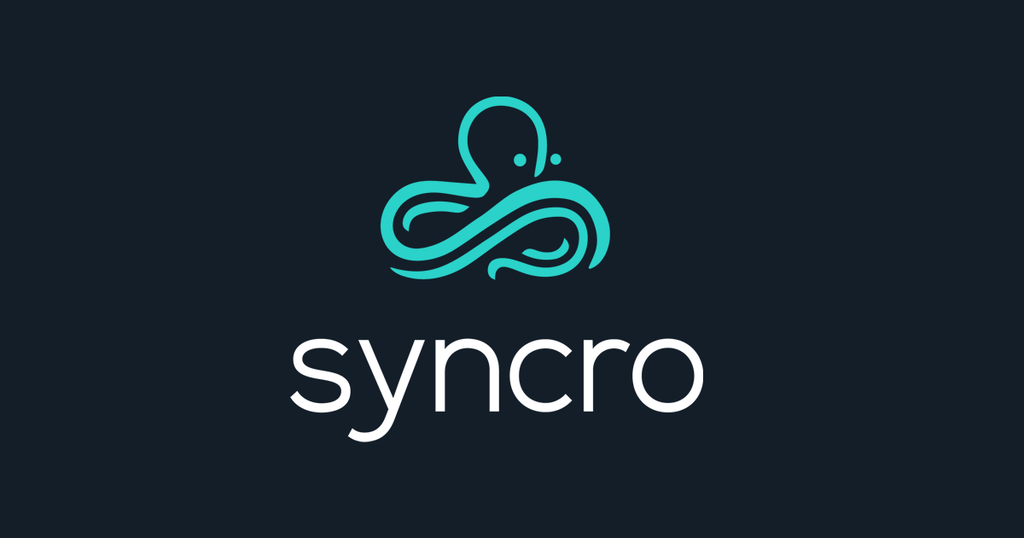
Syncro Delete a Customer Integration
$0.00
Applications and Problem Solving with Syncro API's "Delete a Customer" Endpoint The Syncro API provides various endpoints that grant automated access to the features within the Syncro Managed Service Provider (MSP) platform – a powerful tool used for remote monitoring and management of IT services. One such endpoint is "Delete a Customer," whic...

Synthesia Make an API Call Integration
$0.00
Using the Synthesia API Endpoint 'Make an API Call' The Synthesia API provides a powerful interface that enables developers to programmatically create videos with custom avatars. The endpoint 'Make an API Call' is a core component of this API that developers can use to generate personalized video content on-the-fly. Let's explore what can be do...
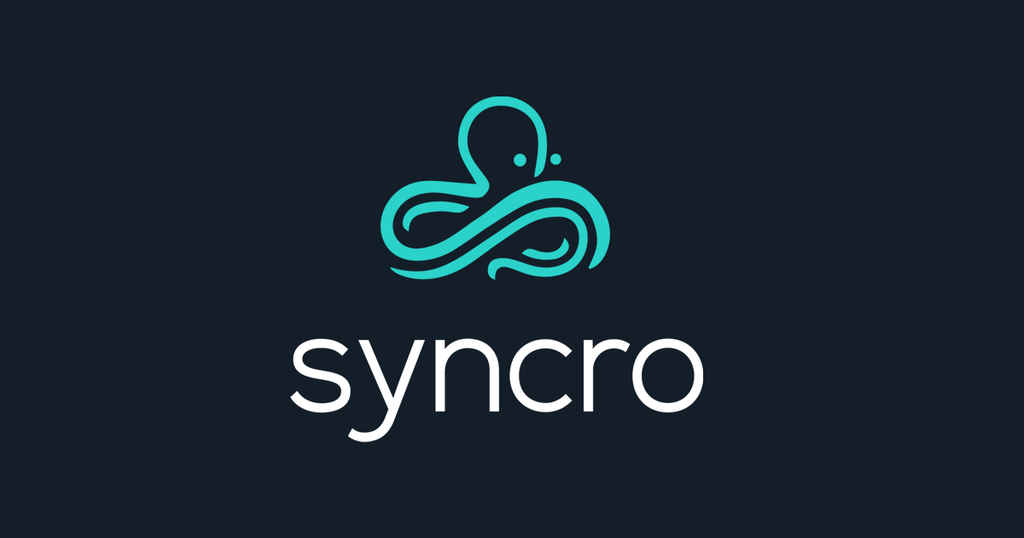
Syncro Update a Customer Integration
$0.00
The Syncro API endpoint for updating a customer provides a powerful tool that allows for the modification of customer information within the Syncro MSP (Managed Service Provider) software platform. This API endpoint is essential for maintaining accurate and up-to-date customer data in a dynamic business environment. Below are some of the capabil...

Synthesia Create a Video from a Template Integration
$0.00
Exploring the Capabilities of Synthesia API's "Create a Video from a Template" Endpoint The Synthesia API's "Create a Video from a Template" endpoint presents an innovative solution for businesses and individuals looking to streamline their video production process. This endpoint combines the power of AI with user-defined content to generate cu...

Syncro Create a Customer Integration
$0.00
Create a Customer with Syncro API Using Syncro API's Create Customer Endpoint The Syncro API's Create a Customer endpoint enables developers and businesses that utilize the Syncro Managed Service Provider (MSP) platform to automate and integrate the process of adding new customers into their system. This capa...

Synthesia Create a Video Integration
$0.00
The Synthesia API endpoint "Create a Video" offers a way to programmatically generate custom synthetic videos. This powerful tool leverages artificial intelligence to create videos where synthetic characters deliver spoken content, which is typically based on provided text scripts. Here’s an overview of what can be done with this API and the pro...
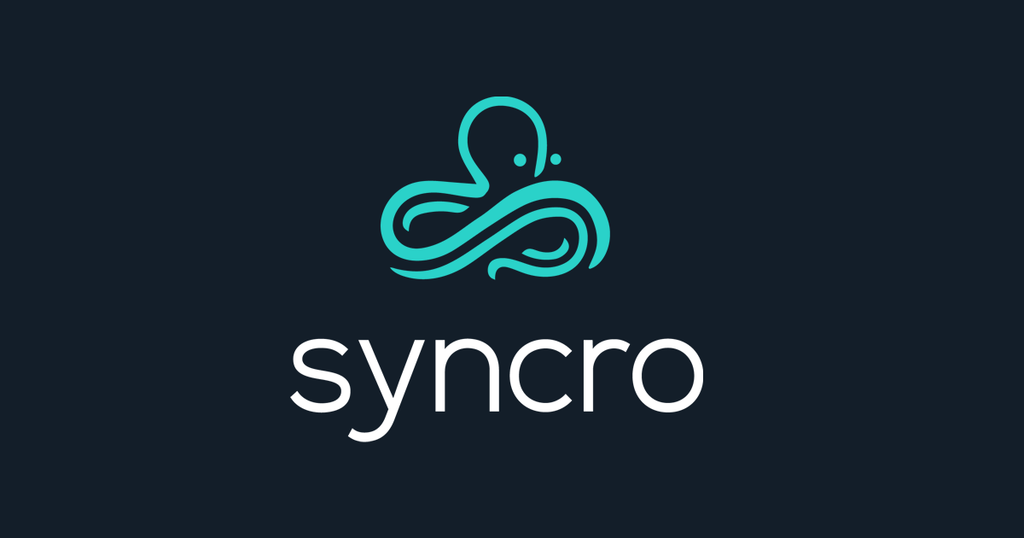
Syncro Get a Customer Integration
$0.00
Understanding the Syncro API Endpoint: Get a Customer Understanding the Syncro API Endpoint: Get a Customer What is the Get a Customer Endpoint? The Get a Customer API endpoint in Syncro is a powerful interface provided by the SyncroMSP software which allows external applications to r...
Collections
- 0CodeKit Integrations
- Accounting
- ACH Processing
- Active Campaign
- Ai Automations and Integrations
- Aircall
- All Integrations
- Annuities
- ATS
- Auto & Home
- BI and Analytics
- Brand Management
- Bullhorn Integration Endpoints
- Business Infrastructure
- Business Operations
- Business Retirement Plans
- Business Systems
- Card Access
- CCaaS
- Clio Integrations
- Cloud Services
- Connectivity, MPLS, Private Line
- Cost Reduction
- CPaaS/SIP
- Customer Relationship Management
- Data Center
- Developer Platforms
- Development
- E-Commerce
- E-Commerce Software
- eREIT
- Field Service Automations and Integrations
- Finance Automations and Integrations
- Financial
- Fire Alarm Systems
- Fleet Tracking
- FTP Hosting
- Gift Card & Loyalty
- Google Sheets
- Graphic Design
- Health
- Healthcare Software
- HR and HCM Automations and Integrations
- HR Software
- Human Resources
- Implemenation
- Insurance
- Integrate RingCentral With Monday.com
- Integrations
- International
- Intrusion Systems
- Investments
- Invoicing
- Invoicing and Contract Software
- Lead Generation
- Learning Management
- Legal
- Legal Services
- Long Term Care
- Managed Investments
- Managed Services
- Marketing
- Marketing
- Marketing Automations and Integrations
- Micro Funding
- Mobile Payments
- Mobility/IoT
- Monday.com Integrations
- Mutual Funds
- Other
- Others Software
- Outsourced Sales
- Pay Per Click
- Payment Processing
- Payroll
- Phone Systems
- Photography
- Pre-Paid Legal
- Print & Promotional
- Process Implementation
- Product Management
- Productivity
- Productivity & Efficiency Improvement
- Project Management
- Recuritment
- Recurring Payments
- RingCentral Integrations
- Sales Software
- Sales Training
- SD-WAN
- Search Engine Optimization
- Security
- Security and IT Management
- Security Systems
- Sling Scheduling Features
- SMS Communication
- Social Media
- Social Media Management
- Telecommunications Automations and Integrations
- Term Life
- Top Products
- Twilio Integrations
- UCaaS
- Video Conferencing
- Video Production
- Video Surveillance
- Web Development
- Web Hosting
- Webinar & Screen Sharing
- Workflow Training
- Zoho
- Zoho CRM Integrations
- Zoho Email & Collaboration
- Zoho Finance
- Zoho HR
- Zoho Legal
- Zoho Marketing
- Zoho Sales
- Zoho Service
- Zoho Suites
Brands
-
Liquid error (snippets/sidebar-collection line 199): internal



























